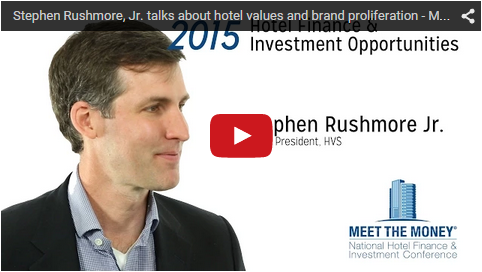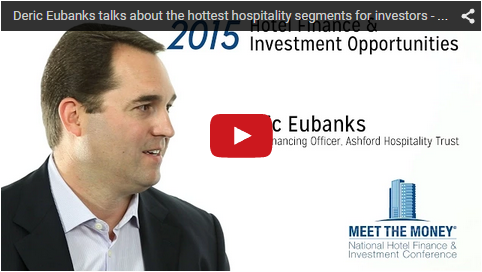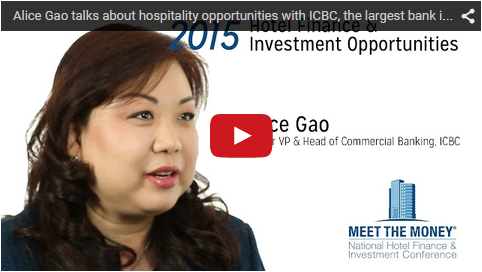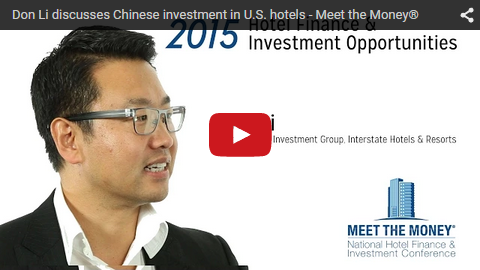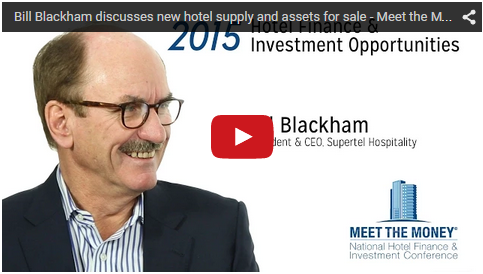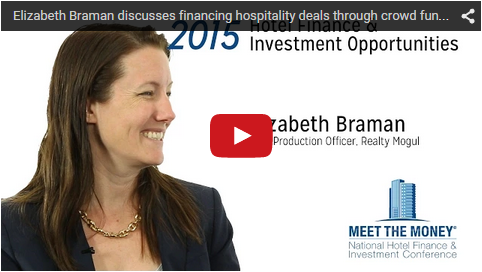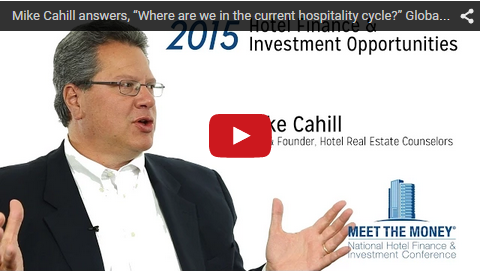07 May 2015
Meet the Money® 2015 – Information, deals, reflection, and celebration
Conference presentations now available
JMBM’s Meet the Money® 2015, held at the Sheraton LAX in Los Angeles, wrapped up its 25th national hotel finance and investment conference this week. The hotel lawyers in JMBM’s Global Hospitality Group were fortunate to celebrate such a significant milestone (25 years!) at a time when the hotel industry is breaking all-time records – RevPar, Occupancy, Rooms Sold, Room Revenue, Transaction Value, you name it.
Hotel fundamentals are strong, interest rates rate are low, demand is strong, and hotel investors are happy! There was general consensus that the good times will continue for at least another year or two, and some think it could last even longer. It was truly a great pleasure to hear about all of the profitable and creative deals that are going on.
While everyone acknowledged that it’s a great time to be in the hotel industry, there was plenty of healthy reflection about lessons learned from the Great Recession as well as discussion about preparing for the inevitable downside of the current cycle. Our speakers – a Who’s Who of the hotel world – represented an experienced and disciplined approach to hotel finance and investment.
You can read more about the conference in the column written by Stefani C. O’Connor in Hotel Business: With Eye to Horizon, Industry Optimism Remains at Meet the Money Conference.
Select Presentations Now Available for Free Download
We are pleased to share with you some of the presentations from the conference. To view a list of presentations, go to Hotel Industry Presentations on HotelLawyer.com.
Individual presentations include: CONTINUE READING →






